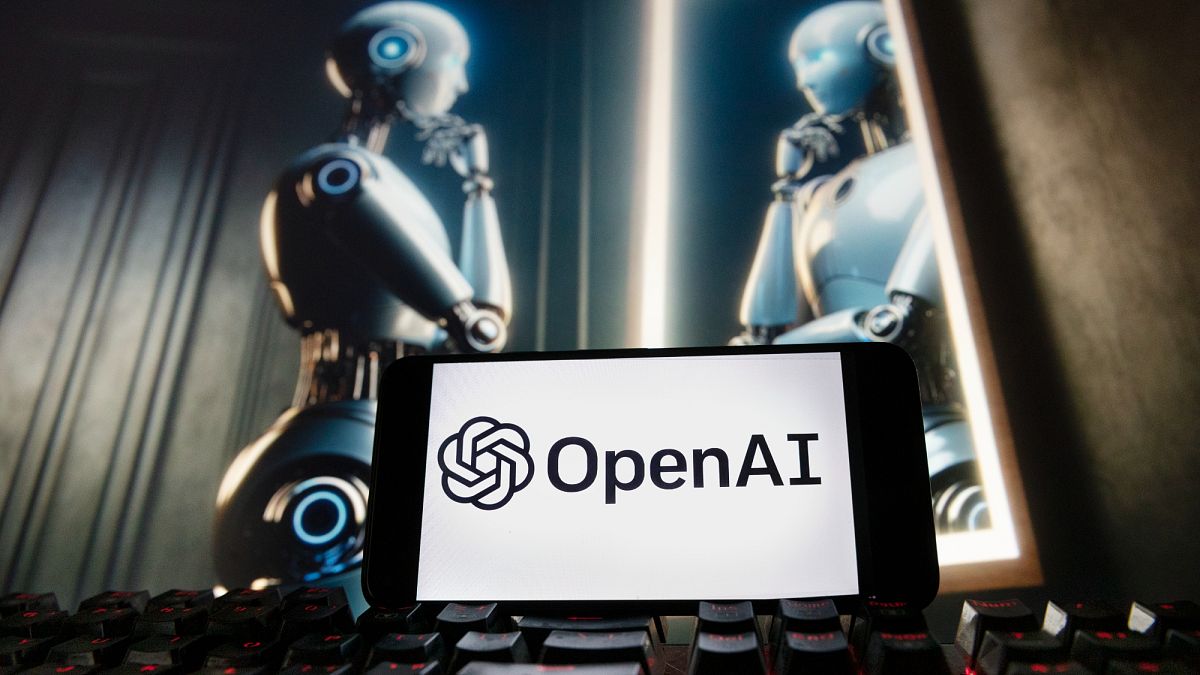OpenAI Indicates Potential Adjustments to AI Model Safeguards in Response to High-Risk Competitor Developments

OpenAI’s Safety Considerations for AI Models
OpenAI has recently announced plans to rethink its safety requirements in light of potential threats posed by AI models from competing companies. This move is detailed in their latest Preparedness Framework report, which outlines how the organization tracks, assesses, and manages the risks associated with the development of AI technologies.
Adjusting Safety Standards
According to OpenAI, if another company creates a high-risk artificial intelligence system without adequate safeguards, they might reconsider their own safety measures. They clarified that any adjustments to their protocols would happen only after a thorough evaluation to ensure that the change does not increase the chances of serious harm. They emphasized the importance of keeping safety standards high, even when evaluating potential risks from other developers.
OpenAI’s report indicates that before releasing any new AI model to the public, they conduct a rigorous assessment of possible dangers. This assessment includes identifying potentially severe risks and developing safeguards to mitigate them. The identified risks are categorized into four levels: low, medium, high, and critical. The company currently tracks several specific risks related to its AI capabilities in fields such as biology, chemistry, cybersecurity, and self-improvement processes.
Evaluating New Risks
In addition to existing risks, OpenAI is actively assessing newer potential threats. These include evaluating whether AI systems can operate for extended periods without human oversight, the risks of self-replication, and the implications for nuclear and radiological safety. Also of importance are the so-called “persuasion risks,” which refer to how tools like ChatGPT might be employed in political campaigns or lobbying efforts. OpenAI has indicated that these concerns will be examined separately, following different guidelines set forth in their Model Spec document, which governs ChatGPT’s behavior.
Concerns Over Safety Commitments
Some experts are voicing concerns regarding OpenAI’s commitment to safety. Steven Adler, a former OpenAI researcher, noted on social media that the updates to the Preparedness Framework suggest the company may be quietly loosening its safety commitments. He pointed out a previous promise from December 2023, which involved the testing of "fine-tuned versions" of AI models. Now, however, OpenAI seems to be shifting its focus solely to testing models whose trained parameters or “weights” are made public.
Adler remarked that while people might debate the necessity of testing fine-tuned models, it’s better for OpenAI to abandon such promises than to retain them without fulfilling them. He urged the company to communicate more transparently about its reduced commitments.
Recent Developments in AI Model Releases
This discussion surrounding safety protocols comes shortly after OpenAI launched a new suite of AI models, referred to as GPT-4.1. Reports suggest that this new release occurred without a corresponding system card or safety report, raising further questions about OpenAI’s commitment to safety. When asked for clarification about the safety report for GPT-4.1, OpenAI had not responded at the time of this report.
Adding to these worries, twelve former OpenAI employees recently contributed to a legal brief in an ongoing lawsuit involving Elon Musk against the organization. The brief highlights concerns that the transition to a profit-driven model could compromise safety measures, underscoring the importance of safety in AI development as the field continues to evolve.
In summary, as OpenAI navigates the complexities of AI deployment and the competitive landscape, its evolving approach to safety is drawing significant attention and scrutiny from both internal and external stakeholders. The balance between technological advancement and risk management remains a critical focus for the organization.






